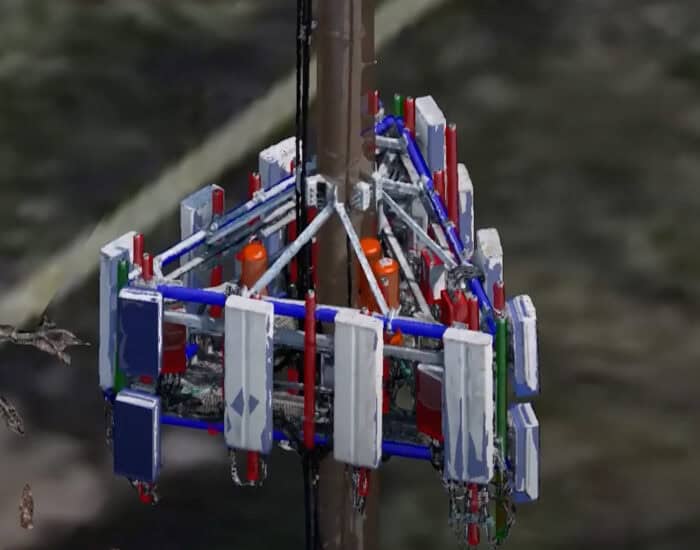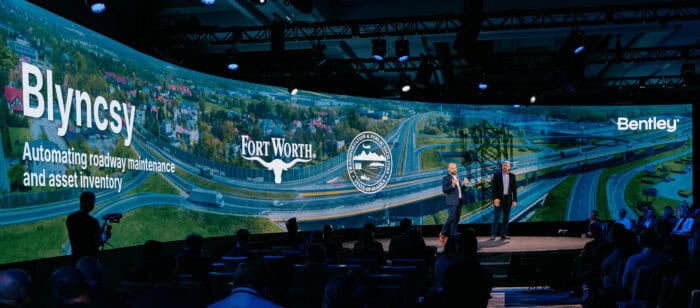Cambodia Implements New Regulations for Electrical and Electronic Waste Management
In a significant move to enhance environmental safety, the Ministry of Environment in Cambodia has established new guidelines for the management of electrical and electronic waste (e-waste). This initiative, outlined in Prakas No. 2196/0325 dated March 18, 2025, aims to ensure that manufacturers, importers, and exclusive suppliers of electrical and electronic equipment adhere to environmentally […]
Top US Companies Eye Investment Opportunities in Cambodia, with SpaceX – Starlink Leading the Charge
A delegation from SpaceX – Starlink, a prominent American telecommunications provider, is currently in Cambodia to explore potential investment opportunities. During a recent meeting, Ms. Rebecca Hunter, Marketing Director of SpaceX – Starlink, discussed the company’s plans with Prime Minister Hun Manet and HE Sun Chanthol, the First Vice Chairman of the Council for the […]
BYD to Establish Vehicle Assembly Plant in Sihanoukville Economic Zone
In a significant boost to Cambodia’s automotive industry, BYD, China’s leading electric car manufacturer, has announced plans to establish a vehicle assembly plant within the Sihanoukville Special Economic Zone. The project, which involves an investment of USD 32 million, is expected to create over 200 jobs and contribute to the local economy. The assembly plant […]
China & Cambodia Forge Tech Partnerships for Economic Growth
In a significant step towards technological collaboration, China is eager to connect its thriving internet technology sector with Cambodian enterprises, aiming to enhance knowledge transfer and foster strong partnerships. This initiative was highlighted during a recent meeting between HE Hem Vandy, Cambodia’s Minister of Industry, Science, Technology and Innovation, and Mr. Yu Junfang, President of […]
Q&A: Driving Innovation for Integrating AI and Sustainability in Transportation Solutions for a Greener Future
In the last decade, there has been a significant focus on digital technology and artificial intelligence worldwide. Bentley Systems, a leading company in infrastructure engineering software, recently held the 2024 Year in Infrastructure and Going Digital Awards in Vancouver, Canada. This event brought together prominent industry leaders and users from around the globe to discuss […]
ADATA Technology Eyes Electric Car Factory Investment in Cambodia
In a significant development for Cambodia’s green industry, well-known Taiwanese tech company ADATA Technology Co., Ltd. is exploring opportunities to invest in an electric vehicle manufacturing plant in the country. During a meeting held on 2 January 2024, HE Dr Eang Sophalleth, the Minister of Environment, welcomed Mr. Simon Chen, CEO of ADATA Technology. The […]



 ខ្មែរ
ខ្មែរ









